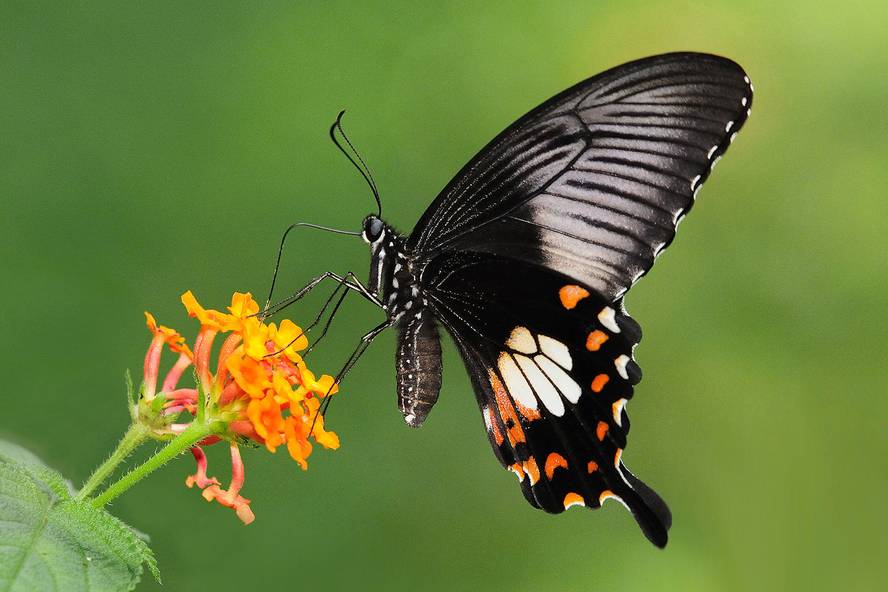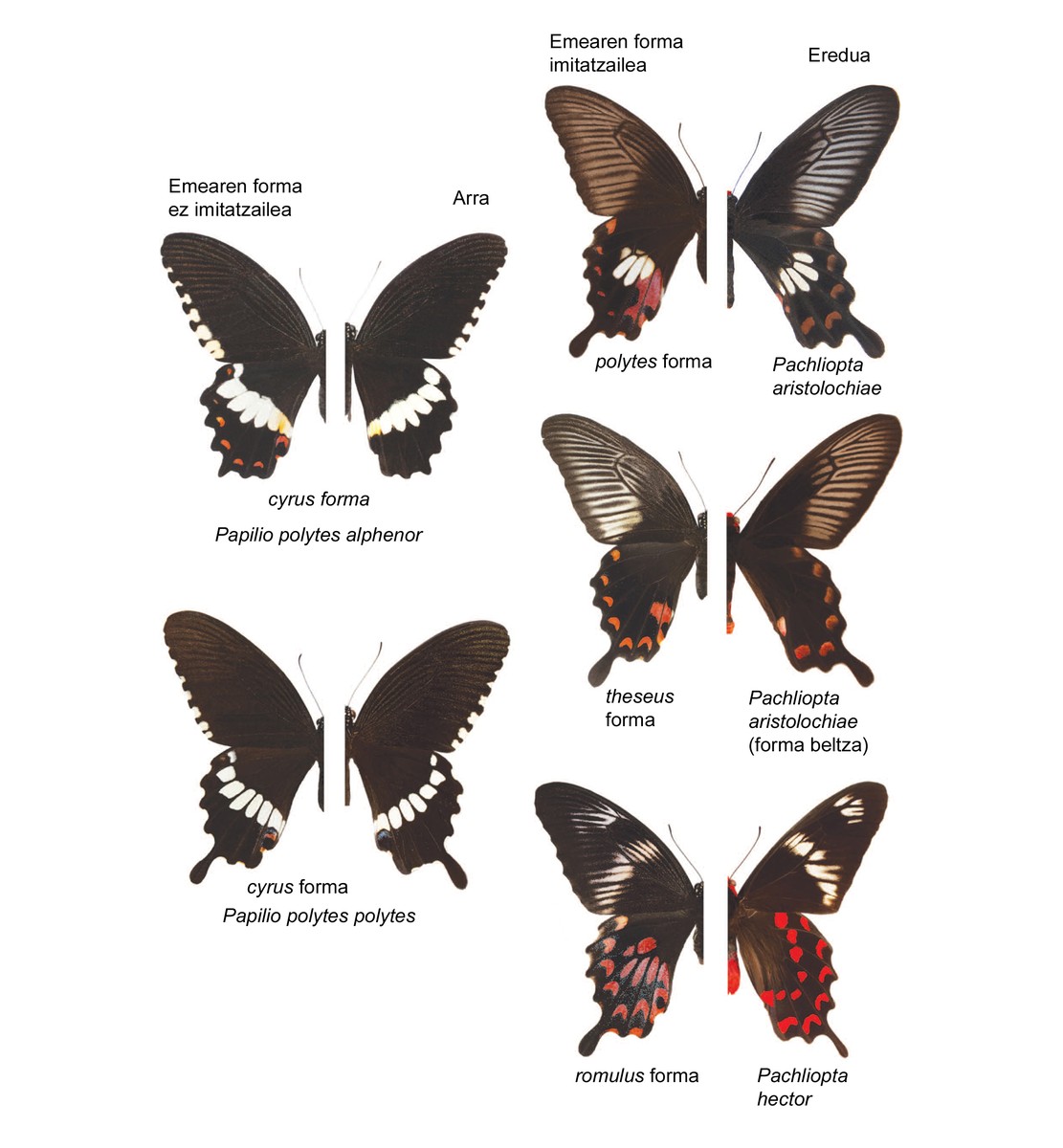Differentiate and imitate from the same control point

The butterflies of the genus Papilio are imitators. They are able to imitate the patterns of the wings of toxic butterflies, driving away predators, even if they are not toxic in themselves. But not all butterflies have that capacity. The case of Papilio polytes is extreme: only female butterflies are imitating, not all, and not all imitate the same pattern, but males are not imitators.
An international team, led by a researcher at the Tata Institute of India, has investigated these butterflies to see which genetic and regulatory mechanisms may be behind these characteristics and have found that a gene linked to sexual dimorphism is responsible: the doublesex gene. It is a well-known and researched gene that regulates the sexual separation of somatic cells by expressing them differently in insects (Drosophila melanogaster in the fruit fly) in males and females. In the case of papilio polytes monkeys, in addition to this regulatory function, it also regulates the pattern that will develop in the wings.
Supergen formed by a single gene
The results of the research have been published in the journal Nature, under the title "Doublesex is a mimicry supergene", a supergene of Doublesex imitation. The researchers have highlighted two aspects of the work done. On the one hand, that a single gene is the activator of the creation of a pattern or other in the wings of the rays. In fact, another hypothesis is that groups of closely related genes regulate these characteristics: They are called “supergenes” because, before natural selection, the set would act as a single unit. In this case, however, only one gene plays the role of supergene.
On the other hand, they warn that although it may be tempting to predict that natural selection has favored on more than one occasion the molecular pathway of sexual discrimination, with which is regulated the specialized alar pattern and polymorphic phenomena of this type (preconfigured to channel sexual dimorphism), it is not the case. For example, in the case of Papilio glaucus butterfly, sexual chromosome variants are responsible for the mimetic characteristics of females.






